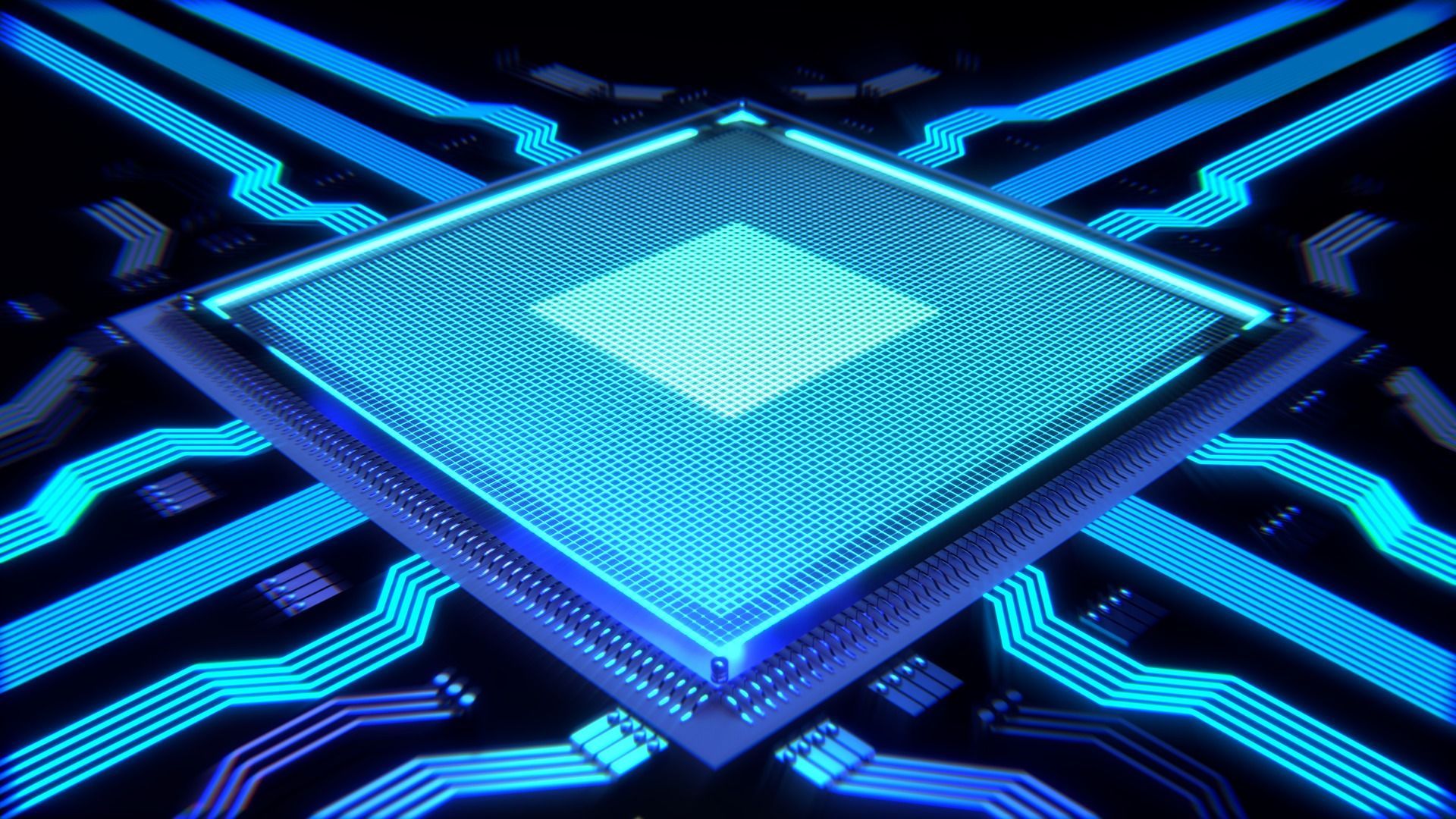
💻 3D circuits will keep Moore's law alive
By building circuits in height, Intel expects to continue to get better and better performance on its integrated circuits.
Share this story!
Moore's law, which is more of an observation, says that the number of transistors that fit on a chip doubles about every two years. In practice, many interpret the law as doubling the performance of computer circuits every two years. Now there are those who say that Moore's law is dead, but Intel intends to try to show that Moore still holds true, reports Reuters.
One of the methods that Intel intends to use to increase the performance of the circuits is by building 3D circuits. The chips are quite simply stacked on top of each other and connected into a circuit. The idea is not new, but Intel intends to do it more efficiently than before.
The company has developed a method that can provide ten times as many connections between the different layers as previous methods, which means that much more advanced chips can be connected together. In addition, Intel has found a way to stack transistors on top of each other, and by doing so, they can get 30-50 percent more transistors on the same surface area.
"By stacking the units directly on top of each other, we definitely save space. We reduce the length of the connections and can reduce energy consumption, which makes this technology more cost-effective while providing better performance", says Paul Fischer, a researcher at Intel Components Research Group, in a comment to Reuters.
By becoming a premium supporter, you help in the creation and sharing of fact-based optimistic news all over the world.


